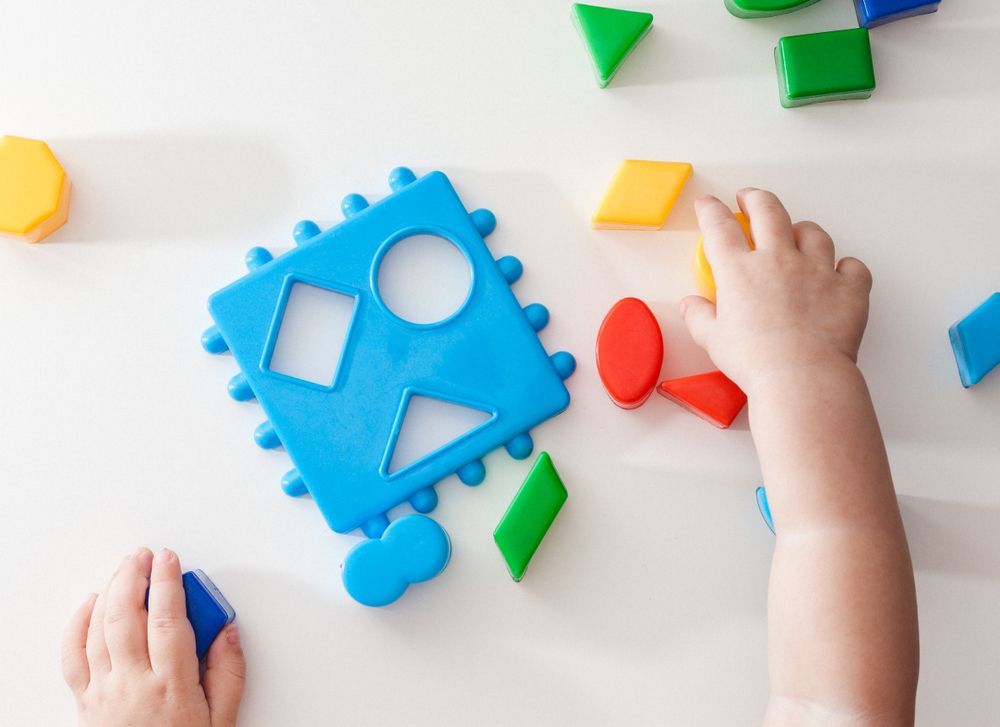Choking prevention for early learning centres
Published on Tuesday, 09 July 2019
Last updated on Tuesday, 31 December 2019

Choking and suffocation are serious risks for young children sometimes resulting in severe harm or death. It's important that all early childhood educators are trained in preventing choking, can identify when it is happening, and know what to do in the case of choking.
This week, we look at the latest information and advice on choking to ensure your service is well equipped to prevent and respond to incidences of choking.
Making mealtimes safer for children
According to Supporting Nutrition for Australian Childcare (SNAC), children aged 0-5 are more at risk of having food or fluids block their airway leading them to choke because:
- Their airways are narrower.
- Their swallowing coordination is underdeveloped.
- They may have gaps in their teeth which could affect their ability to chew foods properly.
- There is a tendency for children to be distracted while eating.
It's vital that all educators be mindful of these factors and take measures to help prevent any choking incidences from occurring. SNAC recommends the following tips:
- Supervise children during all mealtimes.
- Ensure mealtimes are structured and calm, with all children sitting down at a table to eat their food, and not running around.
- Take care with certain allergenic foods such as nuts and opt for nut pastes instead of whole nuts, unless you are a nut-free centre.
- Avoid offering small hard foods such as large seeds, dried fruit, raw carrot, raw celery sticks, un-popped popcorn kernels and apple to children younger than three years old.
- Food that can break into hard, sharp pieces such as rice crackers should also be avoided.
Additionally, these recommendations can help prevent choking at mealtimes:
- Cook raw fruits or vegetables until soft, or finely grate them.
- Take caution and supervise children at all times with small, round or oval foods including grapes, berries, cherry tomatoes, sultanas, fruits with stones, seeds or pips like watermelon, peas and corn.
- Finely chop or quarter grapes, berries and cherry tomatoes.
- Soak sultanas and cut them in half, remove stones and pips from fruit, squash peas and corn with a fork.
- Take caution with foods with skin or leaves including chicken, apples, tomatoes, lettuce and other leafy vegetables by removing skin or peeling before serving.
- Finely chop salad leaves or cook until soft.
Being mindful of other choking hazards
As all early childhood educators are aware it's not just food and drink that pose choking hazards. Young children naturally and instinctively explore the world by putting objects into their mouths, and while this is normal it can be a constant concern for early childhood educators and parents. The most dangerous items when it comes to potential choking include coins, batteries, balloons, magnets, small balls, buttons, small toy parts, earrings, nails, needles, and tacks.
Supervision at all times is key to helping prevent any potential incidents, along with ensuring small items are not left lying about for children to access. Games, craft items and objects from other activities should be packed away promptly.
Additionally, it's imperative that all staff members are trained in first aid, including anaphylaxis management and emergency asthma management. Refresher courses and communicating up to date guidelines are also recommended to ensure that all educators know how to act promptly and correctly.
What to do in a choking emergency
Firstly, it's important to know the signs of choking. According to Better Health, these include:
- Panicked and distressed behaviour.
- Inability to talk in complete sentences or at full volume (tricky when young children are concerned, especially those who may not be talking properly yet)
- Frantic coughing.
- Unusual breathing sounds, such as wheezing or whistling.
- Clutching at the throat.
- Watery eyes.
- Red face.
- Turning pale, then blue, and eventually collapsing into unconsciousness.
In the event that a choking incident occurs in your place of service, it's important to act swiftly and call triple one (111) immediately. Every second counts. Then place the child on your knee, lean them forward and give five back blows with semi firm force with the heel of your hand between their shoulder blades, checking after each blow if the obstruction has been dislodged.
If unsuccessful, give five chest thrusts by placing one hand in the middle of their back for support and the heel of the other hands on the lower part of their breastbone, again checking if the blockage has been removed after each thrust.
The younger the child, the softer the back blows or chest thrusts. And if the child loses consciousness, remove any visible obstructions from their mouth and commence CPR.
As with most life-threatening emergency situations however, prevention really is the best approach, so taking care to ensure your service is aware of all choking hazards and has systems in place to help avoid incidences, is the preferred strategy.
Related Articles

Why risky play is important for young children
Safely providing children the freedom to explore new experiences and challenges, and venture into territory that isn't 100 per cent safe.

The Amazing Benefits of Sensory Play
Sensory play facilitates discovery and learning by encouraging children to use scientific processes while they play, create, investigate and explore.

The anti-bias approach in early childhood education
Anti bias education is an approach to teaching designed to increase understanding of differences and their value to a respectful and civil society.
